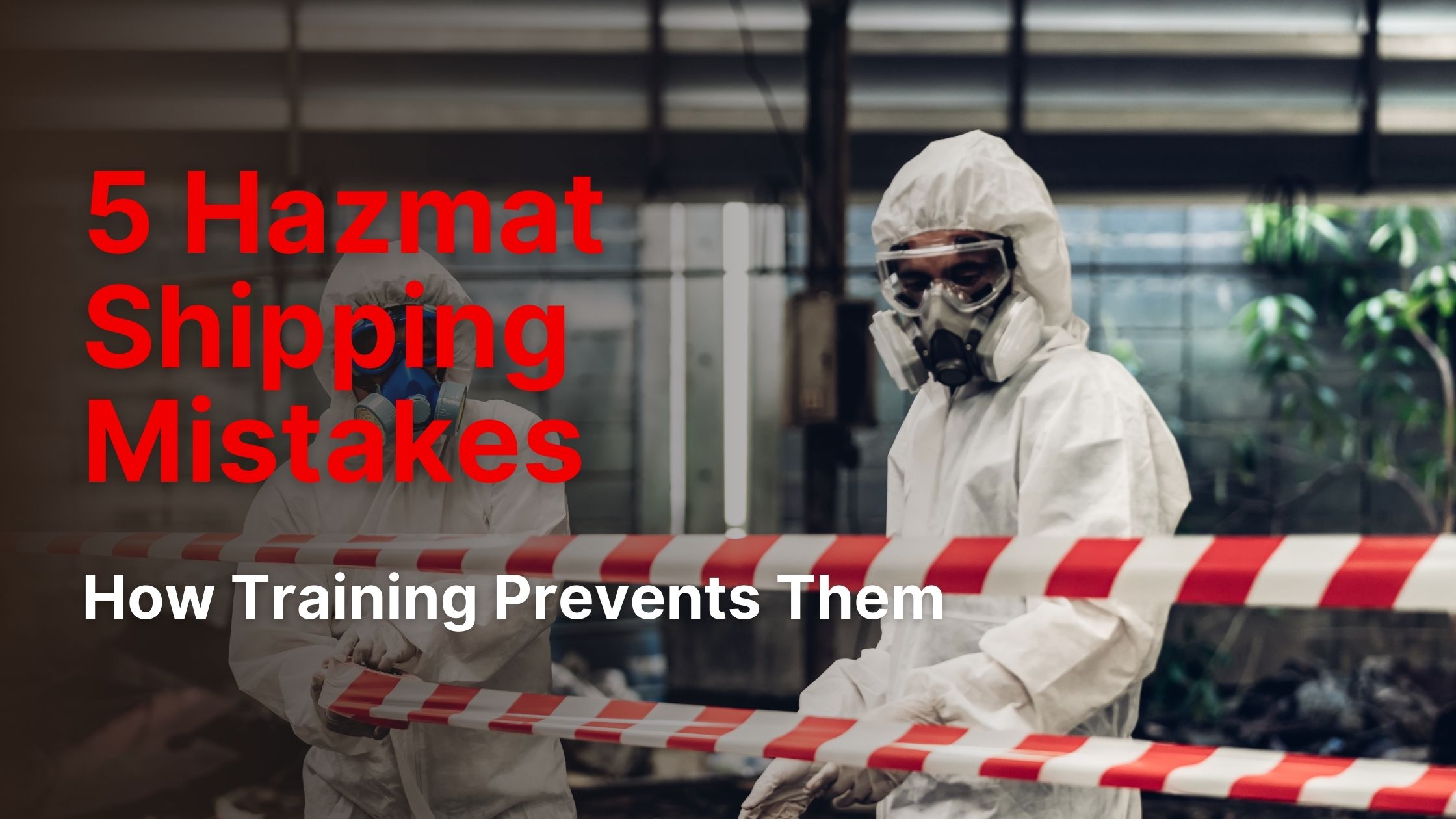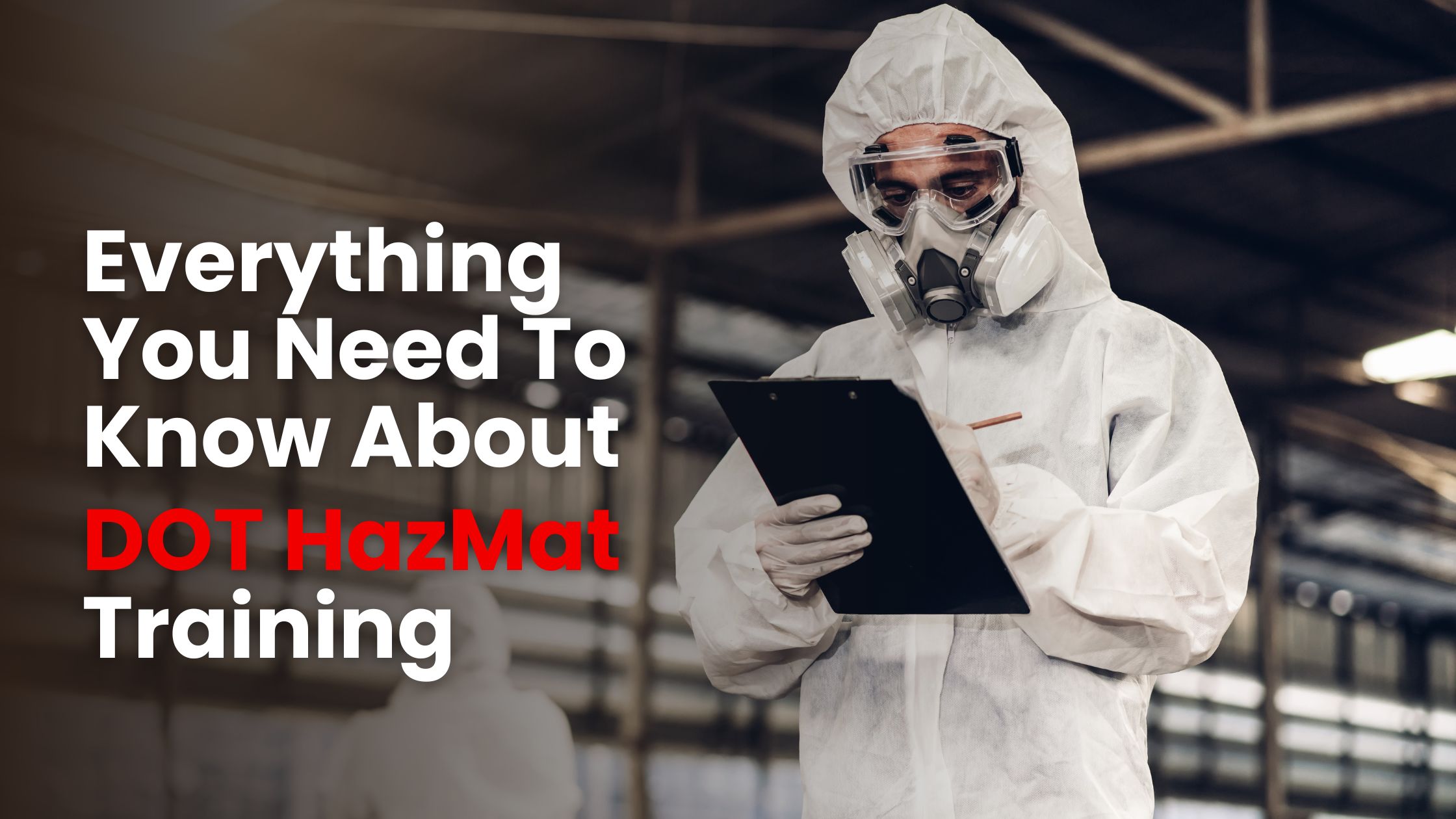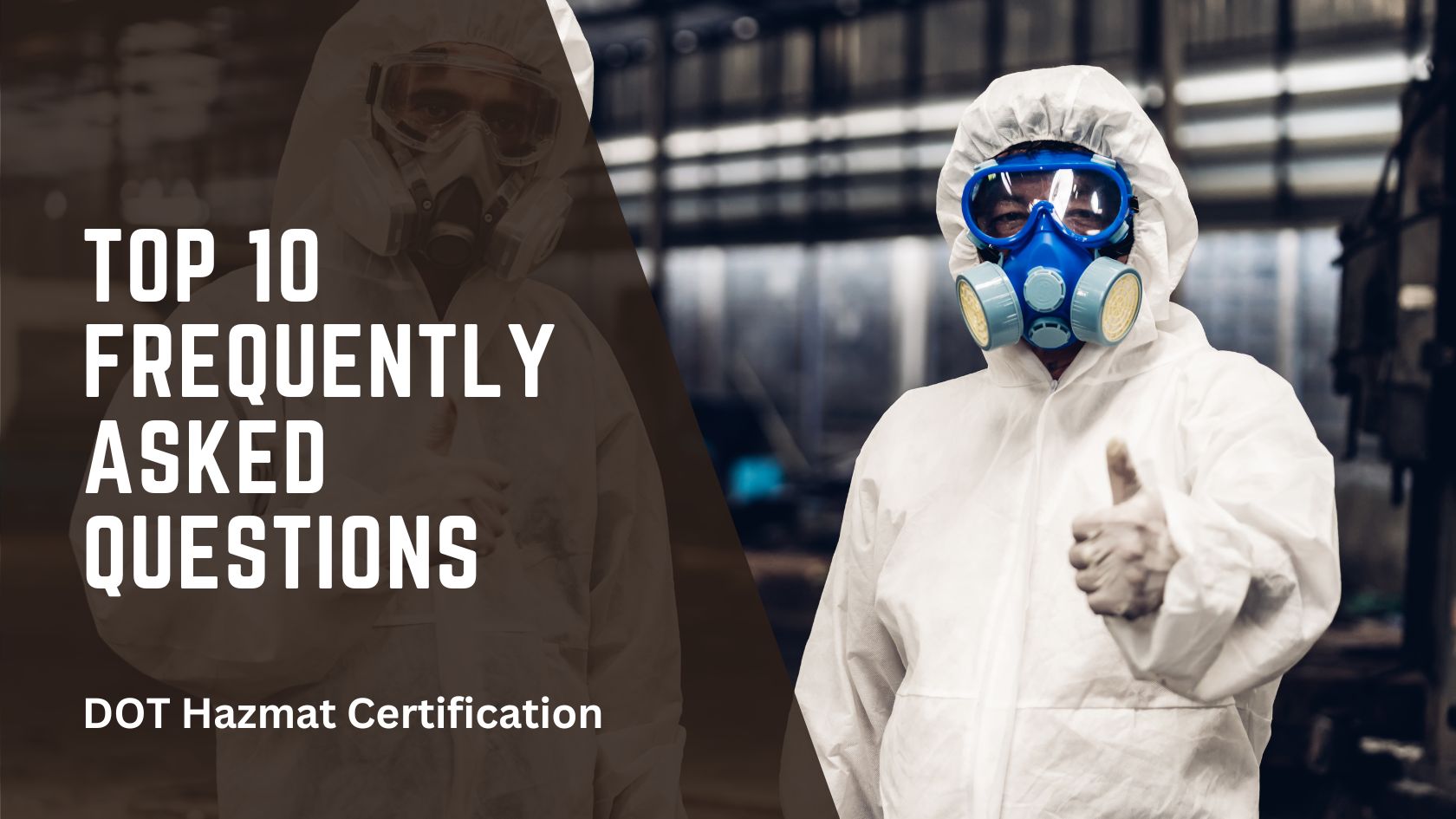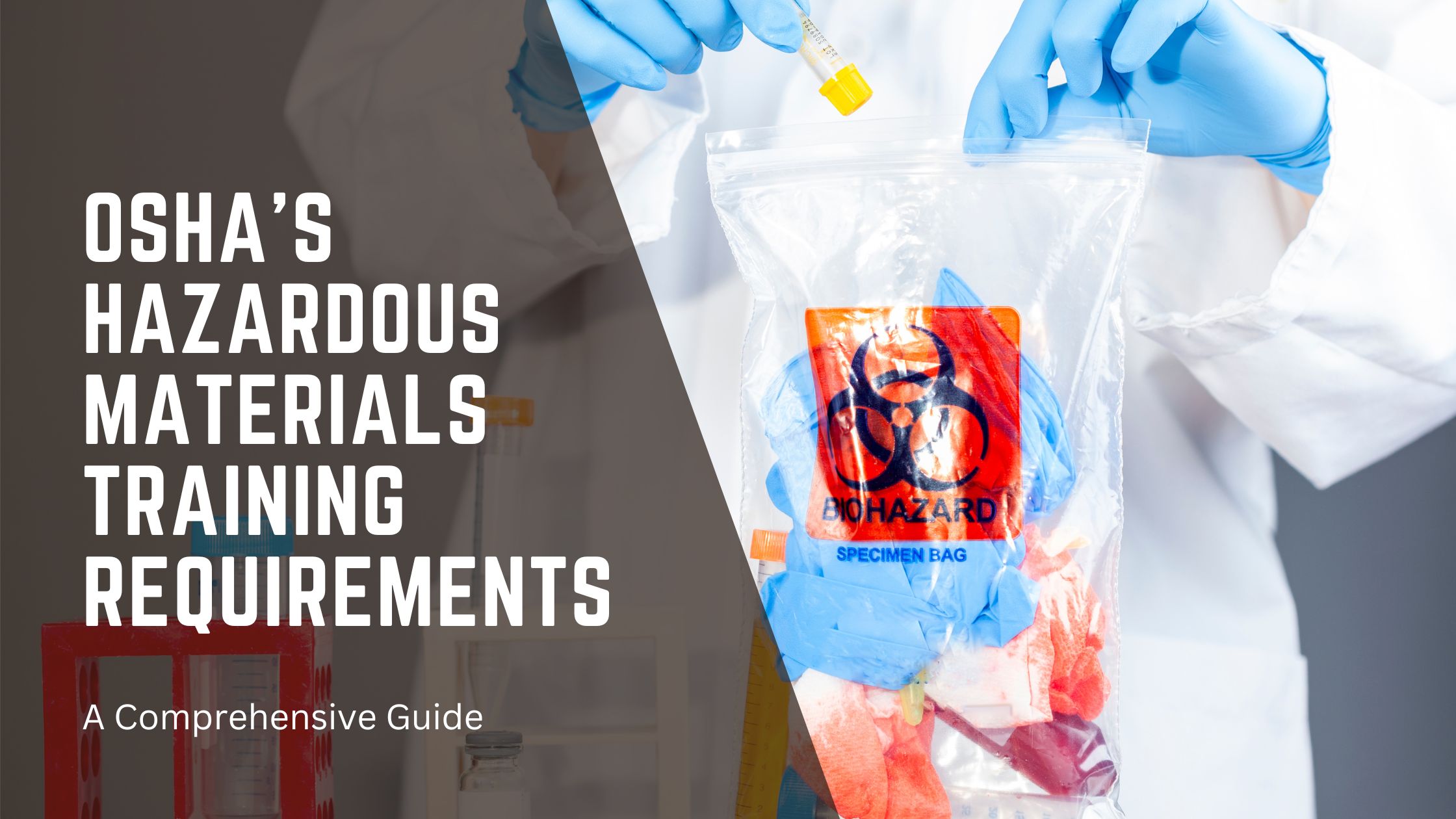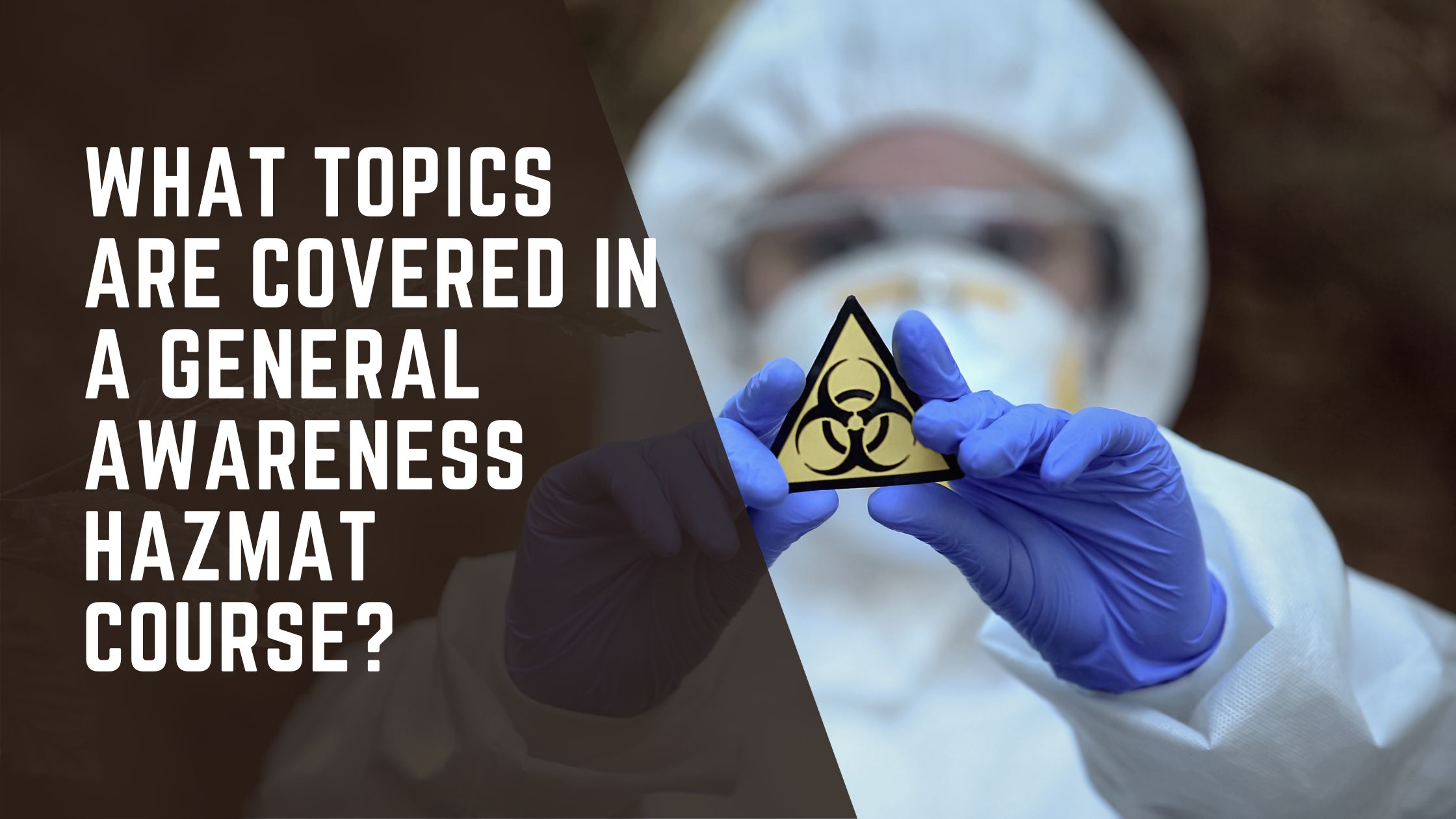Hazardous materials can severely affect your health, from mild irritations to severe illnesses. If you deal with hazardous materials as part of your manufacturing, distribution, or business operations, it’s super important to handle, store, and ship these dangerous goods safely.
FMCSA states, “All employees need special training to handle hazardous stuff, and it’s up to us to make sure our workplace is safe.” Considerable risks are involved, and your job is essential in ensuring good safety rules. Ignoring safety puts health in danger and can be bad for business.
By following these ten simple rules, you’re starting on the right foot to keep things safe and sound at work.
Set Up a Safety Program
The Hazard Communication standard by OSHA helps keep workers safe by giving information about chemical dangers and safety rules.
OSHA tells companies to follow these steps:
- Make a Safety Program: Companies need to create a clear safety plan (HazCom program) explaining how they share essential safety info and what to do in emergencies.
- List of Chemicals: Identify and write down all the dangerous chemicals at work. This list should be easy for every worker to see.
- Safety Data Sheets (SDS): Every chemical on the list must have a sheet (SDS) discussing its dangers and how to stay safe while using it.
- Labels on Chemicals: All chemical containers, even the extra ones and mixtures, must have labels showing what dangers they have, what product they are, and some pictures.
- Training for Workers: Bosses have to teach workers about the chemicals they will use before they start their job and when they start using a new chemical.
Labeling Hazardous Materials
You should quickly understand what could go wrong when you grab a container with dangerous materials inside. According to OSHA HazCom rules, every chemical container needs a label with the chemical’s name, its dangers, and some warnings.
This is super important so that workers understand what’s inside a container or cabinet, which could be risky if they accidentally come into contact with it.
Employee Training and Information
Ensure your employees know all they need about the dangerous materials at work. Federal rules say there must be some basic training, but that’s just the starting point. Don’t hesitate to go beyond the law and talk to your team about staying safe.
Encourage them to follow the safety rules. It’s about making sure everyone knows how to handle things safely, even if it’s more than what’s strictly required by the government.
Create a List of Rules and Regulations
Besides knowing about the dangers, your team should also have a clear list of rules they can easily see for handling hazardous chemicals.
Here are the basic rules:
- Do what you learned in your training and follow the steps.
- Be careful and pay extra attention when dealing with hazardous chemicals.
- Always wear the proper protective gear and check it carefully before using it. Tell your safety manager right away if something is damaged.
- Only use chemicals if they’re in the right containers or labeled correctly. If you can’t read a label, let your supervisor know.
- Use materials only for what they’re meant for.
- Know what to do in emergencies and use the safety equipment properly.
- Wash your hands really well with soap and water after dealing with dangerous chemicals.
- Keep your workspace clean to lower the chances of materials getting contaminated.
Planning for Emergencies
Have a plan in case something goes wrong, like spills or if someone is exposed to dangerous substances. Ensure everyone knows what to do in an emergency, like how to leave quickly, clean up, or handle a fire.
Keep emergency things, like eye wash and shower stations, where everyone can reach them and check they work regularly. Teach your team basic first-aid skills so they know how to help if someone is hurt or exposed to chemicals. It’s all about being prepared for anything unexpected.
Proper Use of Personal Protective Equipment (PPE)
When dealing with hazardous materials, wearing the proper safety gear is crucial to stay protected. The gear you need depends on the dangerous materials you’re working with. Here’s a breakdown:
Firstly, protect your skin with gloves, boots, and face masks. Make sure your breathing is safe using masks, respirators, or specialized breathing apparatus. Maintain personal hygiene with overalls, aprons, hats, and gloves. Shield your eyes from potential harm by using goggles or glasses.
If you’re working in conditions with heat, ensure thermal protection by wearing overalls, gloves, masks, and boots. Additionally, have a first-aid kit ready, stocked with items suitable for emergencies related to the specific hazardous materials you’re handling. This comprehensive approach ensures you are well-equipped for the task and minimizes risks associated with the materials you’re dealing with.
Follow Safe Rules for Storing Dangerous Material
When it comes to keeping hazardous materials safe, follow these simple rules:
- Use the Right Containers: Always use containers made for the material you’re storing. Make sure they’re in good shape without any cracks or leaks.
- Keep Things Apart: Store materials that can’t be friends far away from each other. Read labels carefully to avoid mixing the wrong things.
- Have a Special Spot: Pick a spot away from heat, fire, and sparks to store your dangerous goods. Make sure only the right people can get there to avoid accidents.
- Choose the Best Spot: Keep your storage cool, dry, and well-ventilated. Also, keep chemicals away from things that might make them react. And keep them away from food and drinks to avoid any mix-ups.
- Heavy Stuff at the Bottom: Put the heavier containers on the bottom to avoid falling and breaking other containers.
- Check Everything’s Standing Up: Always double-check that all chemical containers stand upright to prevent leaks and spills.
- Look Around Regularly: Different industries have different storage rules. Stick to these rules, check all the dangerous areas every week, and fix anything that looks unsafe. If there’s a spill or leak, deal with it right away. These simple steps will keep your storage safe and prevent any accidents.
Prohibiting Eating and Drinking
To avoid accidentally swallowing or getting dangerous things in your food or drink, never eat or drink when you’re working with hazardous materials. Following this rule makes you less likely to get sick from being around these harmful substances.
Also, washing your hands properly after dealing with or moving these chemicals is vital to keep yourself clean and healthy.
Reading Labels and Safety Data Sheets (SDS)
If you’re dealing with hazardous materials, always read labels to know what you’re working with. Having access to Safety Data Sheets (SDS) before using anything is also super important. SDS gives detailed info on how to deal with spills, exposure, and emergencies involving a specific chemical.
Make sure to get regular training on understanding SDS to know how to handle any potential dangers. This way, you and your co-workers will be ready for anything that might come up.
Conclusion
Dealing with different hazardous materials means dealing with various risks. To keep everyone safe, it’s crucial to get the right training. Making sure everyone in the team knows and follows these nine simple rules is critical for their safety.
Explore ICCouncil’s DOT Hazardous Material Training Courses! Enhance your skills, stay compliant, and create a safer workplace. Click here to discover our courses!

